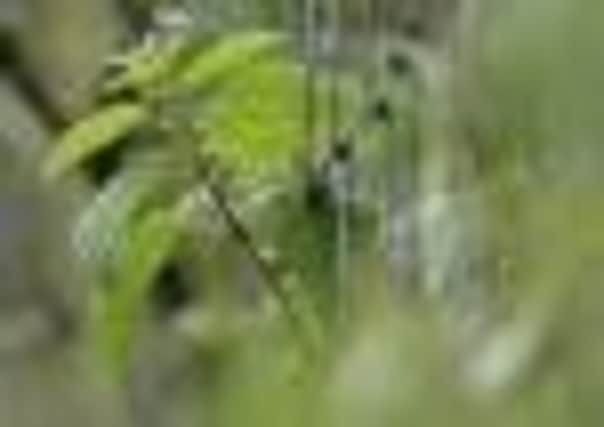Nettles are haven


Nettles may not be admired for their beauty or scent, but they are valuable for wildlife and people, says the RSPB.
The wildlife charity is urging people in the Rye and Battle area to ‘Step up for Nature’ and look at nettles as something other than a troublesome weed.
Advertisement
Hide AdAdvertisement
Hide AdStinging nettles support more than 40 kinds of insects, for whom the sting can form a protective shield against grazing animals.
Many nettle patches hold overwintering insects which swarm around fresh spring nettles and provide early food for ladybirds. These same aphids are eaten by blue tits and other woodland birds that dart around the stems.
In late summer the huge quantity of seeds produced are food for many seed-eating birds, such as house sparrows, chaffinches, and bullfinches.
Nettles are also a magnet for other insect-eaters like hedgehogs, shrews, frogs and toads, at all times of year.
Advertisement
Hide AdAdvertisement
Hide AdCertain moths like nettles, as do many of the UK’s most colourful and best known butterflies, such as the Small Tortoiseshell and Peacock Butterflies. Their larvae feed in large groups in silken tents at the top of the nettle stems.
Samantha Stokes, spokesperson for the RSPB in the south east, said: “Nettles are often regarded as a weed, and are removed as soon as they appear, but they are really good for many different types of garden wildlife.
“Even allowing a small patch of nettles to remain will help attract insects, which in turn will attract insect-eating birds and mammals.
“Sticking-up for nettles and making our gardens a haven for wildlife is one way we can Step up for Nature and make significant changes for wildlife.”
Advertisement
Hide AdAdvertisement
Hide AdThe RSPB suggests cultivating a nettle patch in your garden, and thinking twice before removing them as they can be easily managed by trimming and mowing.
The wildlife charity also suggests that your nettle patch isn’t relegated to a distant, shady corner, and that ensuring their growth in sunny areas will attract insects and encourage egg laying.
It says that by cutting them back in the summer you will also encourage a late flush of leaves.
As well as being beneficial to wildlife, nettles have long running cultural significance, and can be of value to people too.
Advertisement
Hide AdAdvertisement
Hide AdPeople have eaten them for centuries and they are a good source of calcium, magnesium and iron among other trace elements and vitamins. They can be used in many soups and stews instead of spinach.
Nettles have also been used to produce a fine fibre that can be used in clothing and string. The juice from their stems has been used to produce a permanent green dye and you can brew nettles to produce a plant food.
To learn more about how to provide food, shelter and habitat for wildlife in urban spaces, visit the RSPB’s Homes for Wildlife project webpage at www.rspb.org.uk/hfw.